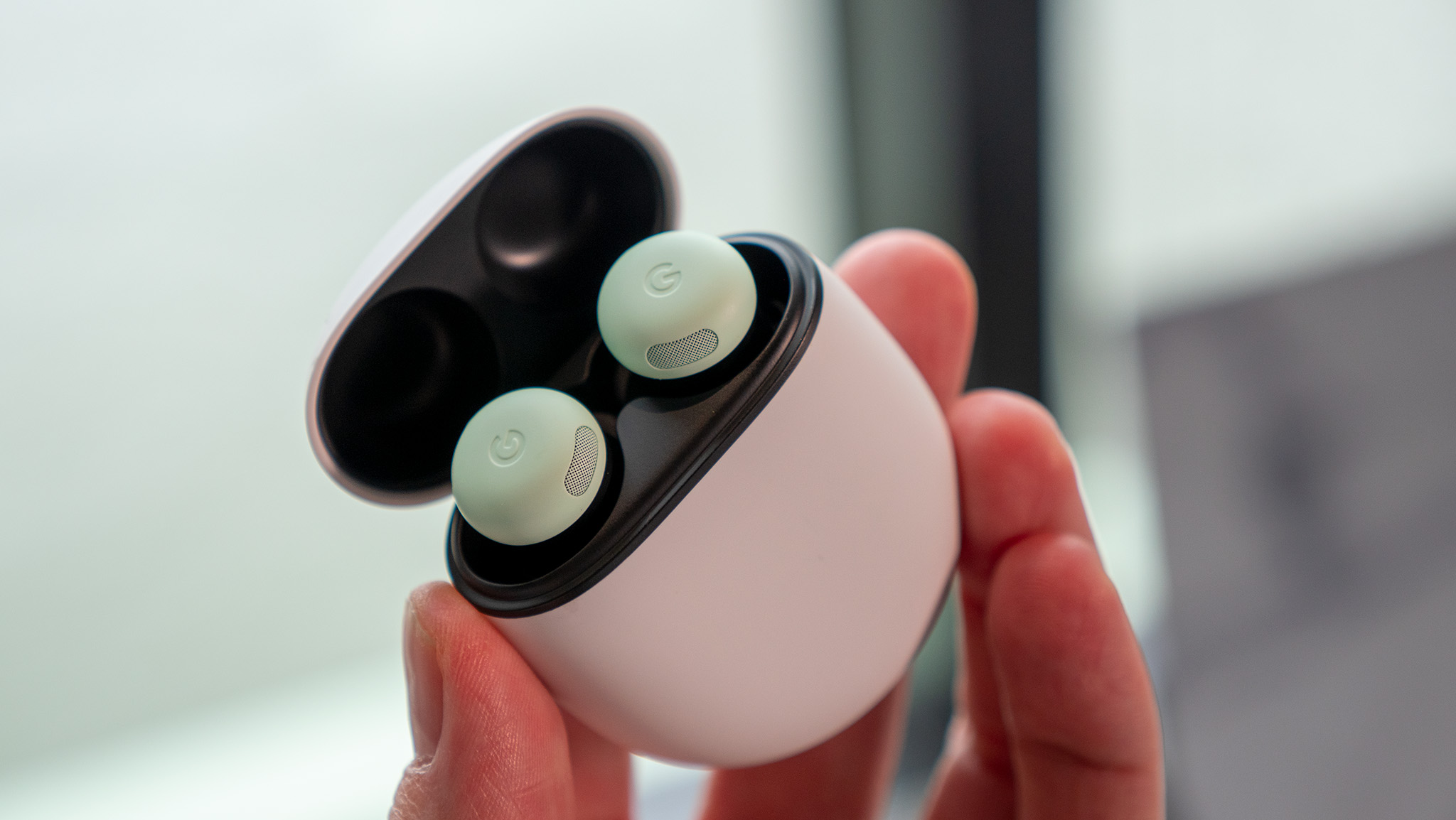LineageOS 23 brings Android 16 to over 100 devices despite Google’s holdups
LineageOS 23 runs on Android 16, but QPR1’s missing thanks to Google’s delay.

Enjoy our content? Make sure to set Android Central as a preferred source in Google Search, and find out why you should so that you can stay up-to-date on the latest news, reviews, features, and more.
What you need to know
- Built on Android 16, LineageOS 23.0 is rolling out to over 100 devices minus QPR1 features, since Google’s source code is still under wraps.
- Expect predictive back navigation, full edge-to-edge display, improved app scaling, and support for advanced protection devices.
- Aperture adds Ultra HDR and RAW capture, Twelve gets smarter with Jellyfin integration and shuffle, and Catapult joins as a sleek, ad-free TV launcher.
LineageOS has just rolled out its 23.0 release, built on Android 16, and it’s now available for over a hundred devices. While Google hasn’t made every component of Android 16 (notably QPR1) public, the LineageOS team didn’t wait around and launched using what’s already accessible.
Because Google delayed releasing the Android 16 QPR1 source, LineageOS couldn’t merge those updates. That’s why this release is labeled 23.0 instead of 23.1, as per Android Authority's Mishaal Rahman. The team opted not to sit idle, deciding that providing users with a baseline Android 16 build was better than holding everything until Google catches up.
As for features: everything from Android 16’s original stable release is included, such as predictive back navigation, enforced edge-to-edge display, better app adaptivity, and support for advanced protection devices.
On top of that, several built-in apps are revamped. The camera app Aperture now supports Ultra HDR, RAW capture, a redesigned notification island, and added indicators. The music app Twelve gets a shuffle mode, a more informative Now Playing screen, extended Jellyfin integration, and related improvements.
For TV setups, there’s a new ad-free launcher called Catapult, designed to be clean and fast. Under the hood, there’s groundwork for bigger things: QEMU-based virtualization, better support for devices running mainline Linux kernels, and more robust infrastructure to help future compatibility.
Some gaps remain
That said, some features are held back or partially implemented: Material 3 Expressive, for example, and Desktop Mode have limited presence here because they rely on components from QPR1. Security updates pose another hurdle. Google’s shift to risk-based security bulletins means only high-risk vulnerabilities are disclosed monthly; the rest get tucked into quarterly releases. Since many patches aren’t publicly released right away, LineageOS is forced to wait and then integrate them later.
Pixel phones, which once got “day-one” treatment, no longer enjoy privileged status. Google stopped publishing full device trees, HALs, and configurations for Pixels, so now they’re on equal footing with all other supported models.
Get the latest news from Android Central, your trusted companion in the world of Android
In parallel, the LineageOS team is winding down support for its older 21.x series, meaning no new devices will be added there. Those devices will maintain the 22.2 (Android 15) branch while expanding the 23.0 roster.
The official Changelog 30 summarizes many of these additions and architectural improvements. As per that changelog, the team focused not just on bringing Android 16 forward, but on redefining core subsystems for greater flexibility and modernization.

Jay Bonggolto always keeps a nose for news. He has been writing about consumer tech and apps for as long as he can remember, and he has used a variety of Android phones since falling in love with Jelly Bean. Send him a direct message via X or LinkedIn.
You must confirm your public display name before commenting
Please logout and then login again, you will then be prompted to enter your display name.
